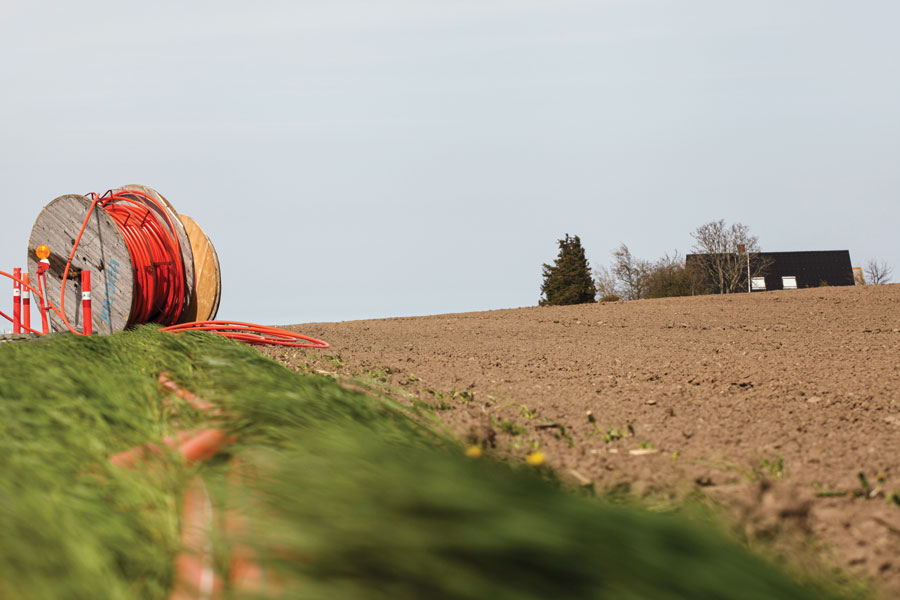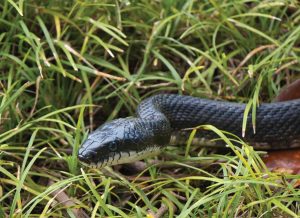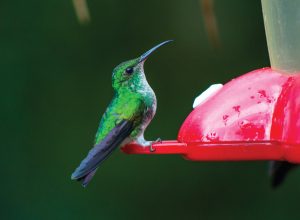It is the time of year when persimmons begin falling to the ground. Just about every living creature from birds, skunks, possums, raccoons, deer and mankind will search, gather and eat persimmons before they are gone for another year.
According to old-timers, persimmon seeds can be used to predict the severity of winter weather. When cut in two, the persimmon seeds will display one of three symbols. A knife shape will indicate a cold, icy winter (where wind will cut through you like a knife). A fork shape indicates a mild winter and a spoon shape stands for a shovel to dig out the snow.
Unlike most trees, persimmons are either male or female, and only the females produce fruit.
When searching for persimmons, brush back the top layer of leaves; the fruit usually falls from the tree before the leaves do, so the evidence you are looking for can get covered up.
Bark helps to easily identify persimmon trees. They are usually the darkest trees in the woods. When looking for them, scan ahead for dark, almost black trunks. When you see a dark trunk, look for the distinctive blocky-looking bark that is furrowed into a unique pattern of square chunks.
Persimmons growing in the woods generally don’t have branches near the ground. Trees growing in areas where they have more exposure to light will grow lower branches. Their leaves are oval dark shiny green above and light green below.
Before they ripen, persimmons are green to light orange and become dark orange when ripe. Unripe persimmons are bitter with a chalky mouthfeel, so be patient. The first frost will usually cause the fruit to quickly ripen and fall soon after, although some varieties will produce ripe fruit much earlier in the year.
If you happen to beat all the other critters to these tiny orange fruits, you are on your way to enjoying fine desserts and treats such as cakes, breads, pies, pudding and fudge all winter long.
To prepare, drop the soft, ripe persimmons into a press. Squeeze and scrape the pulp from the sides and transfer to a container. Remove the seeds and skins in readiness for the next batch. A peck of persimmons can be processed in about an hour and will produce approximately two quarts of pulp.
The pulp can be frozen in air-tight containers. It may darken when thawed but there is little loss of the delicate flavor.
Persimmons are a fall delicacy that many do not take advantage of. Get out this fall and try them out. Trees are plentiful in both country and urban settings, and gathering persimmons is a great family activity for young and old alike. The payoff comes at the dining room table as you enjoy a delicious treat.
Persimmon Pudding
- 1/2 teaspoon baking soda
- 2 cups persimmon pulp
- 2 1/2 cups granulated sugar
- 2 eggs, beaten
- 2 cups all-purpose flour
- 2 teaspoons baking powder
- 1/2 teaspoon ground cinnamon
- 1/4 teaspoon vanilla extract
- Pinch of salt
- 2 1/2 cups milk
- 4 tablespoons melted butter
Preheat oven to 325 F and grease a 9×13-inch baking dish. In a large bowl, combine persimmon pulp, baking soda, sugar and eggs. Mix well. Add flour, baking powder, cinnamon, vanilla, salt, milk and melted butter. Stir to combine. Pour into baking dish and bake for 55 minutes. The pudding will rise during baking but fall when removed from oven. Recipe from allrecipes.com.









